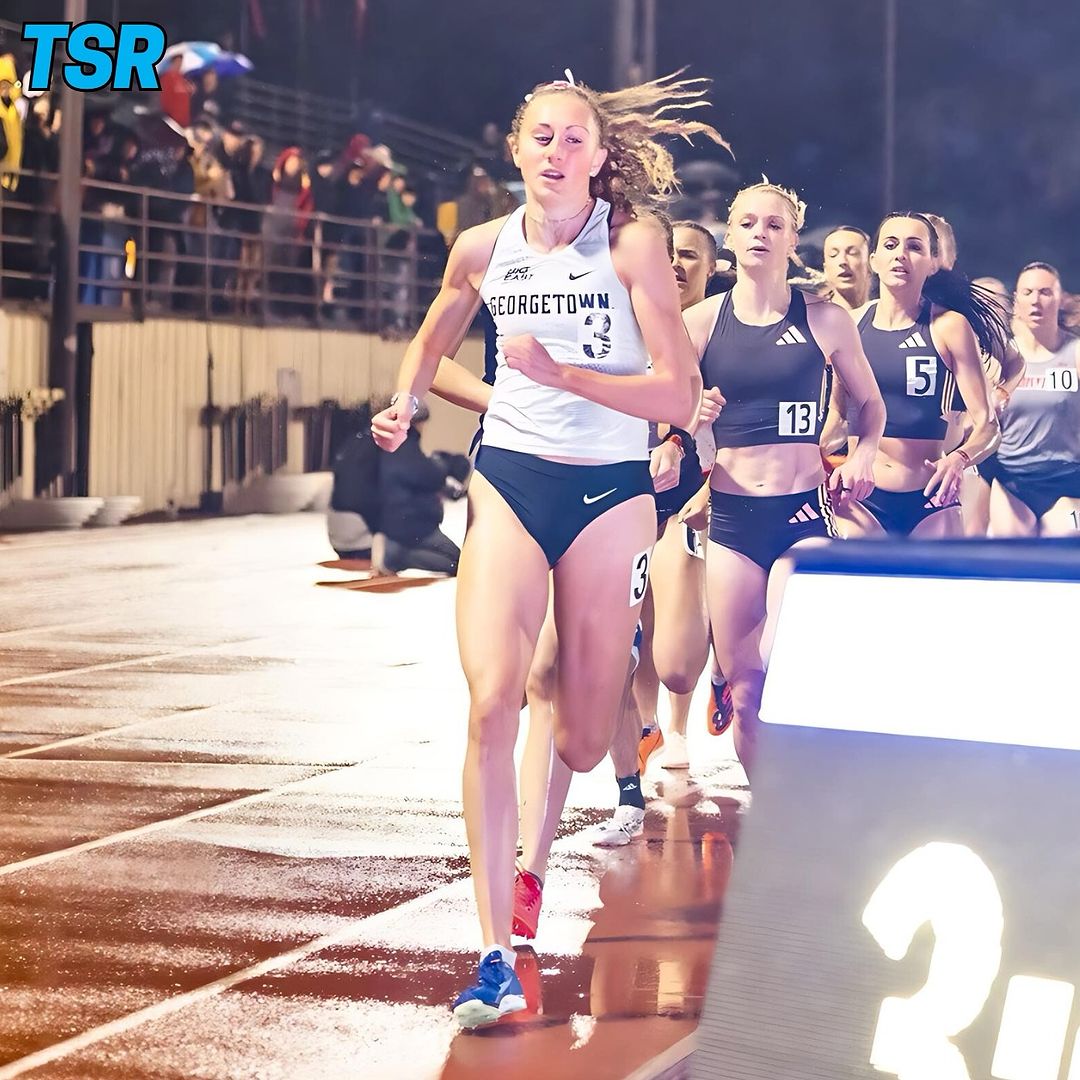If everything is supposed to be bigger in Texas, then why is there only one male Division I soccer program in the entire state? The answer to this question is quite simple, but also controversial.
When Title IX of the Education Amendments was enacted in 1972, it intended to bring an end to the exclusion of women in federally funded programs. One of the first entities to draw the ire of the Department of Health, Education and Welfare, a now-defunct office that oversaw the implementation of Title IX, was the NCAA.
In 1975, universities were given three years to comply with the regulations, no small task for large universities with multi-million dollar athletic budgets. As hard as the NCAA fought against Title IX, it was implemented with harsh penalties. No schools or programs were exempt from this law. Finally, women could participate in college athletics in equal numbers as men. Sounds great, right? Not so fast, my friend.
While Title IX’s goals are admirable, it has not worked out in practice as it was meant to. Its implementation dictated that colleges had to balance the numbers of female and male athletes to mirror the student population at their institutions. In theory, it was as simple as creating more female sports teams to even out the number of scholarship athletes between the two genders. But in practice, many males suffered as a result of this legislation.
Male athletes from all over the country were told that their sports would be cut and they would have to provide an education for themselves. Young men who had dreamt of playing a sport in college, many of whom could not pay for an education if it weren’t for their full-ride scholarships, were left out to dry.
That isn’t equality, but a ludicrous attempt to justify more discrimination. Not one critic of Title IX will argue that creating more athletic opportunities for women is a bad thing. But discriminating against males to fill a quota for athletic departments is just as wrong as exclusion.
Fast-forward almost 40 years from its creation, and the argument rages on. George Will, a Pulitzer Prize winning journalist, sums up the debate succinctly: “Colleges have killed more than 400 athletic teams in order to produce precise proportionality between men’s and women’s enrollments and men’s and women’s rates of participation in athletics. If participation in sports must mirror the sexual composition of the student body, why not participation in the engineering department?”
Besides some nice alliteration, Will hits at the nerve of the argument. He is essentially saying that it is impossible to create demand where it simply doesn’t exist. An example of this is the use of “roster management.” It is not uncommon for a coach of a male sports team to be asked by an administrator to cut some players from his team. On the other hand, coaches of female teams are often asked to inflate their roster so that the university is within the bounds of Title IX.
Neither men nor women win in this situation. Men’s teams lose because they have to cut valuable members from their roster. Women’s teams do not benefit either by artificially adding to their rosters. Either way, the synthetic boost of women in college athletics is wrong, and both sides feel the negative effects of it.
The Title IX legislation was necessary, of course, when blatant sexism existed in college athletics. I am not trying to say that it should be repealed — equality needs to exist, especially when amateur athletes are involved. However, major changes need to be made.
Instead of essentially handing schools a quota of how many men and women it can have on scholarship in any given year, equality can be achieved on a sport-by-sport basis. The argument that a men’s team should be cut because it is denying a woman the same opportunity is a non sequitur. The argument loses even more credibility when many athletic departments could fund a full slate of both men’s and women’s sports, but are forced to make cuts due to Title IX.
Currently, the NCAA sponsors about 1,000 more teams for women than they do for men. That wasn’t Title IX’s goal. As a result, both male and female athletes are suffering. A fairer Title IX needs to be equal to both genders. Two wrongs don’t make a right, but two wrongs certainly led to the creation of Title IX and its subsequent establishment of even more discrimination.
Matt Emch is a sophomore in the College. Riding the Pine appears every Friday.














